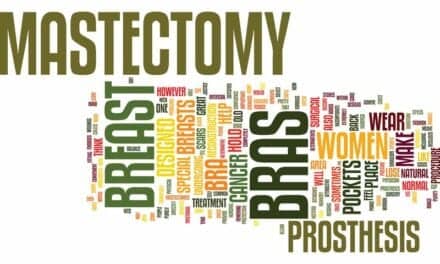At a recent meeting of the American Academy of Facial Plastic and Reconstructive Surgery in Orlando, Florida, two presentations in the practice management sessions stood out.
Lesson #1: The End of SEO
Timour Haider, CEO of Aesthetic Brand Marketing, stood before the audience and announced, “The end of SEO.”
Haider’s point was that Google’s early algorithms made gaming the system too easy. Link farms and keyword stuffing ruled the day. Businesses bought links, and webmasters keyworded web copy until you could barely make sense of what they were saying. A business could catapult itself to the No 1 spot on Google using nothing but aggressive manipulation.
SEO became so tainted during this era that Haider feels the very term “Search Engine Optimization” should be canned.
In the new era guided by the Panda and Penguin algorithms, authentic content has become the sine qua non for search engine ranking. Simultaneously, social media has added an infinite number of new channels for disseminating that content.
Spoiled during the pre-Panda era, businesses have gotten used to paying bottom-dollar to amateurish copywriters. As long as the right keywords were stuffed into the copy, it didn’t matter whether the prose was sophisticated or persuasive. Nowadays, however, content must be “written for human beings, not machines.”
We’ve entered the era of Infinite Media, where demand for high-quality content has skyrocketed. Therefore, said Haider, “Content Marketing” should replace “Search Engine Optimization” as the acknowledged means to Internet dominance. But, he pointed out, businesses haven’t caught up with the new paradigm. Most business owners haven’t updated their expectations about what they should spend to get high-quality content.
Spoiled during the pre-Panda era, they’ve gotten used to paying bottom-dollar to amateurish copywriters. As long as the right keywords were stuffed into the copy, it didn’t matter whether the prose was sophisticated or persuasive.
Nowadays, however, content must be “written for human beings, not machines.” Big difference in:
• Quality.
• The caliber of the writers.
Haider advised the doctors and practice managers in the audience to expect to spend more on content. “If you’re going to post a video in dozens of places, and get it seen by people who’ve never met you, shouldn’t it be the highest-quality production you can possibly get?”
Spreading low-level content around the Internet is self-destructive and embarrassing. It’s like leaving for work in your pajamas. Or like going to a black-tie dinner in your running sweats.
It’s Internet suicide. So remember: When shopping for online content, don’t be a thrift-shopper.
Lesson #2: Email Is the First Social Medium
RealSelf is an undisputed success story. Its CEO, Tom Seery, has been featured in Entrepreneur magazine. The website has transcended its niche to become a popular consumer website. “Have you checked the RealSelf forums?” is something women now ask their friends considering cosmetic improvement.
With that much Internet clout, RealSelf must know something about what works online.
I asked Tom Seery, the founder and owner of RealSelf, which channel he relies on most to reach out to fans. Here’s what he said:
“While the media outlets get fixated on the latest social sharing tool, we’ve discovered that email is our single most important channel for consumer retention and site engagement.”
• RealSelf newsletter recipients view nearly three times more pages during a visit.
• These people are also much more likely to contact a doctor’s office for an appointment.
“If a practice isn’t actively building an email marketing list and newsletter, it should seriously consider making it a priority.”
You heard it from the top dog. Email rocks!






